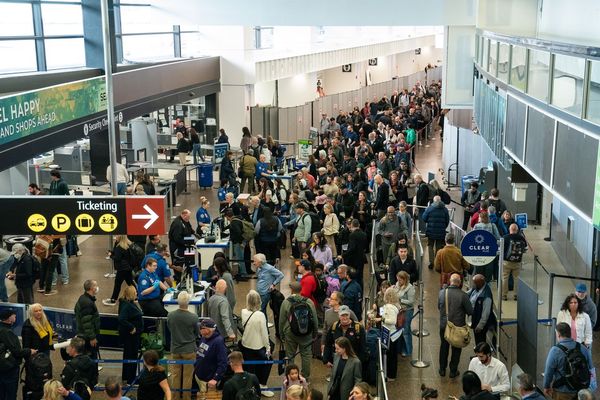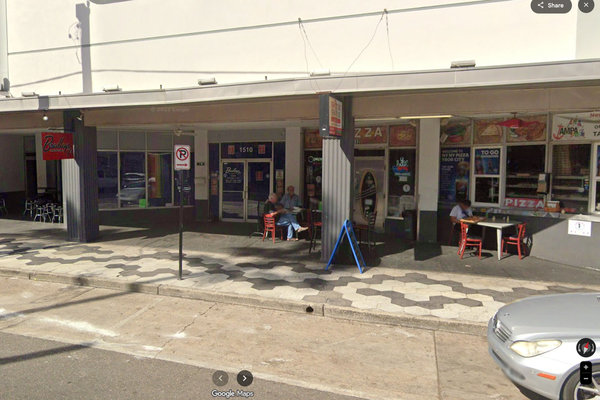
Nintendo has relaxed the limitations placed on GPU clock speed in the Switch with encouraging results. For example, Mortal Kombat 11 plays significantly better undocked with the new 460 MHz GPU clock engaged than at the 307.2 MHz and 384 MHz clock speeds that Nintendo previously enforced for undocked gameplay. Increasing the GPU clock isn’t the only change Nintendo has applied to boost performance for the Switch. The CPU has also been overclocked for MK11, and patched versions of The Legend of Zelda: Breath of the Wild and Super Mario Odyssey. Digital Foundry crunched the numbers and revealed a mixed bag of benefits.
Until recently, the CPU in the Switch’s Tegra X1 chip ran at 1020MHz whether the Switch ran docked or undocked. The Tegra X1 can do better and Nintendo unleashed it for the three games listed above. Digital Foundry measured an overclocked CPU speed of 1785 MHz. That’s a huge 75% increase.
The CPU only runs at 1785 MHz when a game is loading. Why? Digital Foundry suggests the reason is heat management. The GPU is doing most of the work and generating most of the heat during normal gameplay. However, there’s generally not much for the GPU to do during loading. Taking the processing load off the GPU gives the CPU the overhead it needs to run at higher speeds with overheating.

Overclocking the CPU can make a significant difference in some cases. The most extreme example uncovered by Digital Foundry was loading Super Mario Odyssey from scratch. Odyssey loaded in 28:26 seconds with the standard CPU clock. After the patch was installed, the overclocked version loaded in 20:24 seconds. Odyssey loads roughly 40% slower without overclocking.
In-game loads weren’t as dramatic. Digital Foundry reported two in-game loads for Odyssey and one for Breath of the Wild.
| Standard clock | Overclocked | Advantage | |
| Odyssey load 1 | 11:11 seconds | 9:51 seconds | Approximately 1.33 seconds |
| Odyssey load 2 | 7:44 seconds | 6:42 seconds | Approximately 1 second |
| Breath of the Wild | 18:47 seconds | 17:06 seconds | Approximately 1.66 seconds |
The differences aren’t as noticeable as loading Odyssey from scratch, but every second saved when looking at a loading screen is appreciated.
It’s good to see Nintendo giving developers more leeway in how they utilize the CPU and GPU in the Tegra X1. Hopefully, more developers will take advantage of these faster clock speeds in upcoming games and will release patches for their games that have already been released.







